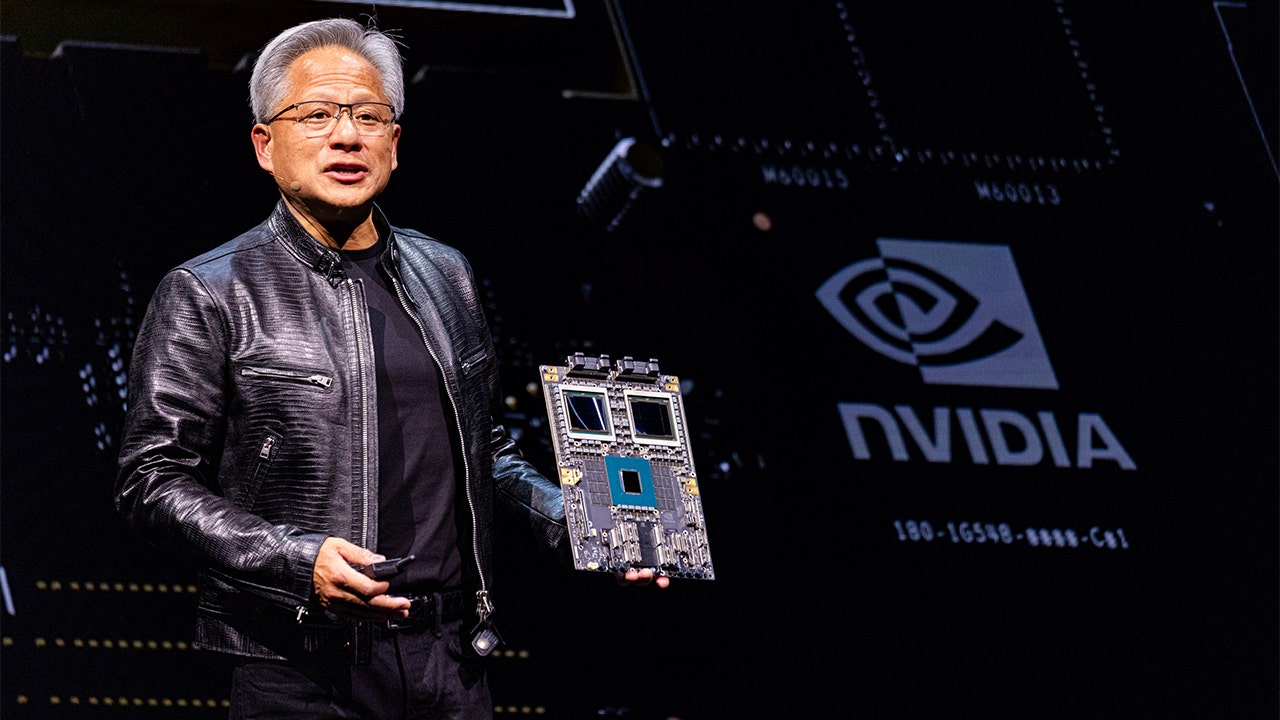Smarter dairy farms where robots milk the cows

In the world of dairy farming, a new era is dawning with the rise of robotic technology. Picture a dairy barn bustling with activity – cows being milked, fed, and cleaned up after, all without a farmer in sight. This may sound like something out of a science fiction novel, but it’s becoming a reality thanks to cutting-edge agricultural robotics.
At farms like this one, a team of autonomous robots is taking care of all the essential chores, completely revolutionizing the way dairy farming operates. These robots are not only handling the heavy lifting, but they are also creating a stress-free and comfortable environment for the cows while ensuring efficiency and sustainability.
One of the pioneers in this field is Lely, a company established in the Netherlands in 1948. They introduced their first Astronaut milking robot in the early 1990s and have since developed various robotic systems that assist with cleaning, feeding, and ensuring cow comfort. With approximately 135,000 units deployed worldwide, Lely is leading the charge in robotic dairy farming.
In a robotic dairy barn, cows have the freedom to choose when they want to be milked, often opting for more frequent sessions than the traditional twice-a-day schedule. This increased frequency not only enhances the cows’ comfort but also leads to a roughly 10% increase in milk production. The Astronaut A5 milking robot, for example, uses a laser-guided robot arm to clean the cow’s udder before attaching teat cups, monitors milk output, and collects data on various parameters such as milk quality and cow health indicators.
Traditional dairy farms rely heavily on human labor for repetitive daily tasks, which can take up a significant portion of a farmer’s workday. Lely’s robots automate these tasks, allowing dairy farmers to focus on other aspects of their business and enjoy a more flexible lifestyle. The robots handle everything from milking to manure management, with machines like the Vector mobile robot for continuous feeding and feed pushing, and the Discovery Collector, a robotic manure vacuum, further reducing labor needs.
The integration of AI into dairy farming is also playing a crucial role in optimizing feeding systems, reducing waste, and improving sustainability. Wearable technology and smart sensors are becoming essential tools in monitoring herd health, providing farmers with real-time insights into cow well-being and productivity.
While the cost of a milking robot can be substantial, running into several hundred thousand dollars plus additional operating costs, Lely argues that the investment pays off over time through increased milk production and lower labor costs. The robots not only make the profession more appealing to younger generations but also offer farmers the opportunity to diversify their operations and enjoy a better work-life balance.
As the dairy industry embraces robotic technology, farmers are transitioning into the role of robot managers, learning to interpret the data generated by the machines and using it for long-term optimization. While robots may handle many of the repetitive tasks, it’s the farmers’ knowledge and care that truly make a difference in the well-being of their herds.
The future of dairy farming is undoubtedly being shaped by robots, offering a blend of the old and the new for farmers who are embracing this technology. It’s a fascinating evolution that is changing the way we think about dairy production and the products we consume. As we look ahead, the possibilities are endless, and the impact of robotic dairy farming is likely to be felt for generations to come.



